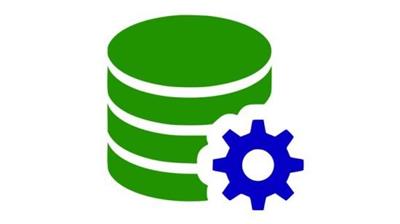
MP4 | Video: h264, 1280x720 | Audio: AAC, 44.1 KHz, 2 Ch
Genre: eLearning | Language: English + srt | Duration: 9 lectures (2h 40m) | Size: 1.48 GB
Detail Concepts with Practical Exposure
What you'll learn:You will gain complete understanding on Bioinformatics Databases. From basic to advance concepts.
After this practical course you will confidently choose database according to your research need without any doubts.
You will gain concrete diffrences between Primary, Seconday and Composite database. The knowlede will help you to choose curated and reviewed data.
Practical diffrence between Nucleotide, Protein and Other databases will help you to use crossrefrence data more effectively than before.
RequirementsBasic Understanding of Biology
Willingness to learn Bioinformatics with constant zeal
Computer / Laptop
Internet Connection
DescriptionAre you lagging behind in the fast-moving data-driven life science?
You know bioinformatics databases but have confusion about using them?
You want the correct biological information but don't know how to and where to find it?
Then this course is only for you!
In this course, you will get a detailed explanation of each terminology, practical exposure to each database, merits, and demerits of databases, lecture notes and many other useful materials which will not disappoint you.
The course is divided into 6 sections:-
Introduction:-
The purpose of the section is to create the initial concrete background for the bioinformatics and database for you. The concepts are deep and it will test you. Do not worry you will pass through it, it is necessary for every budding scientist like you.
Primary Sequence Database:-
It is the primary place where raw data is stored. Is it the right place for us to retrieve the data for our valuable research? Or are we making a grave mistake of selecting the data from it? Do not worry; the course will help you answer all these questions.
Secondary Sequence Database:-
A secondary or derived database is a major source of curated data with different types of accession code. But which accession code will be most useful for our research? You will find the answer in this course.
Primary Structure Database:-
The database provides us with the structural information of nucleic acids and proteins, but how to select the best quality data?
Secondary Structure Database:-
A range of information like structures, binding sites, metabolic interactions, molecular action, functional relationships, protein families, motifs and homologous are part of the secondary structure database. Searching for the required information from the haystack is not an easy task.
Composite Database:-
Composite databases are formed by the merging of the primary and secondary databases for special needs. Are these database valuable to our research community, or were they created solely to win trophies?
Enjoy Learning!
Who this course is forAnyone who wants to learn Bioinformatics.
Beginners in Bioinformatics and Computational Biology
Researchers from Genomics
Researchers from Proteomics
Researchers from Biotechnology
Researchers from Genetics
Researchers from Molecular Biology
Download link:
Só visivel para registados e com resposta ao tópico.Only visible to registered and with a reply to the topic.Links are Interchangeable - No Password - Single Extraction

